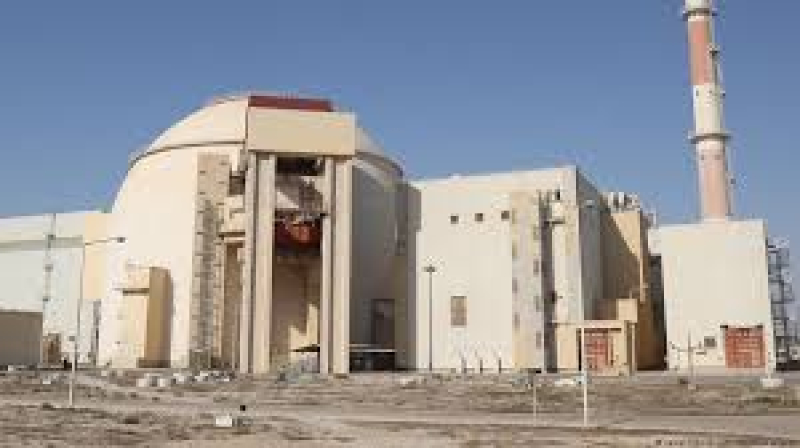- No Media Faced Arson Attacks in 53 Years: Mahfuz Anam |
- Janaza of six Bangladeshi peacekeepers held at Dhaka Cantonment |
- Bangladesh stock market loses Tk 10,500cr in a week |
- Dhaka’s air turns ‘very unhealthy’ on Sunday morning |
- Project to transform N’ganj into a climate-resilient green city |
Iran building new nuclear reactor in Isfahan

Iran said on Monday that it was building a fourth nuclear research reactor in the central city of Isfahan, days after announcing the construction a new nuclear power plant complex in the south of the country.
"Today, the process of pouring concrete for the foundation of the reactor started at the Isfahan site," Mohammad Eslami, head of Iran's Atomic Energy Organization, was quoted as saying by state news agency IRNA.
IRNA described the new 10-megawatt reactor as a "research reactor," and said it would have a variety of applications including fuel and nuclear material tests and the production of industrial radioisotopes and radiopharmaceuticals. The Isfahan nuclear research center is already home to three reactors.
The country's nuclear program has been criticized internationally, with experts outside of the country concerned that the program ultimately seeks to build nuclear weapons.
Iran, meanwhile, says it has no such intentions and that its nuclear program is for civilian use only.
Iran faces a series of US sanctions dating back to former Preisdent Donald Trump withdrawing from an international deal brokered around a decade ago that aimed to stop Iran's purported nuclear ambitions.
Iran seeks capacity to rival major nuclear power players
In January, the director general of the UN's International Atomic Energy Agency (IAEA) nuclear watchdog, Rafael Grossi, said Iran was "restricting" cooperation with the agency and called the Iran nuclear situation "frustrating."
Mohammad Eslami, head of Atomic Energy Organization of Iran, said last Thursday that a new nuclear power plant complex was being built in Sirik, and that it would have a combined daily production capacity of 5,000 megawatts.
"We must reach the production capacity of 20,000 megawatts of nuclear power in the country by the year 2041," Eslami said during a visit to the region with Preisdent Ebrahim Raisi.
The United States, France, China, Russia and South Korea are the only five countries in the world who currently have more than 20,000 megawatts of nuclear capacity installed, reports DW.
Iran currently has one operational nuclear power plant, in Bushehr, creating around 3,000 megawatts.
According to IRNA, the Sirik plants should be operational by 2031.

